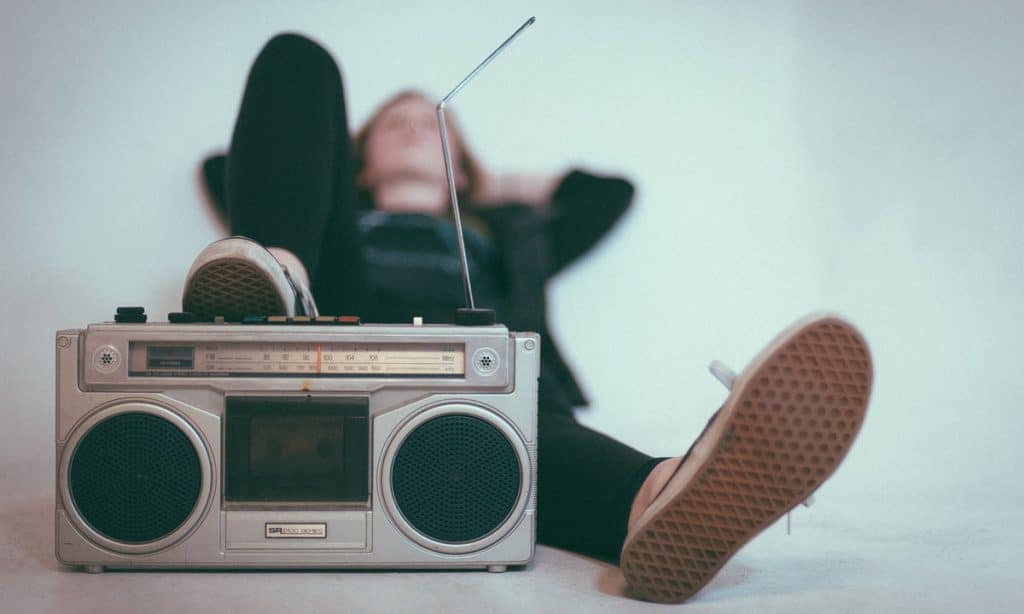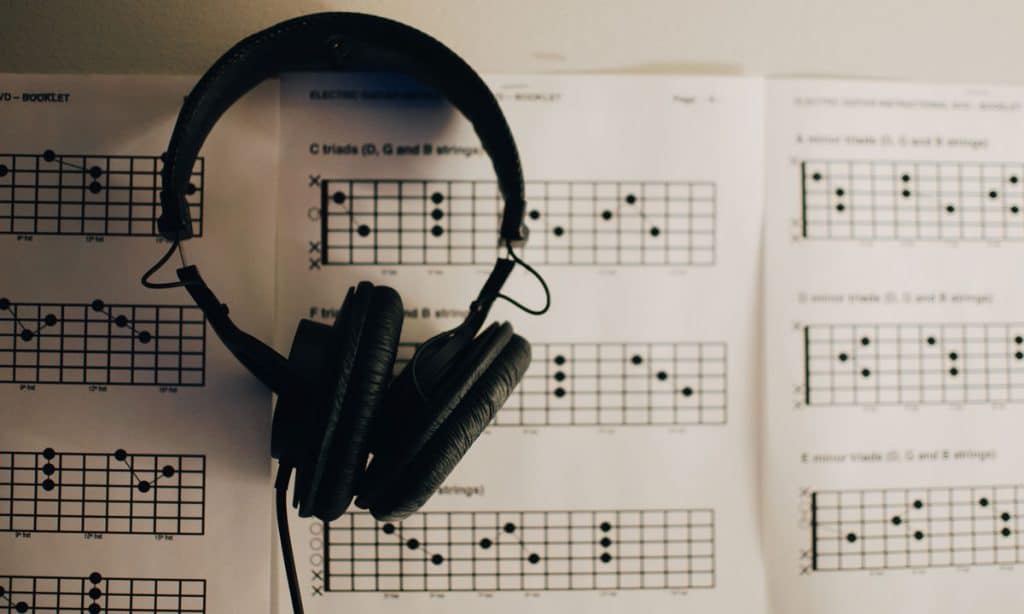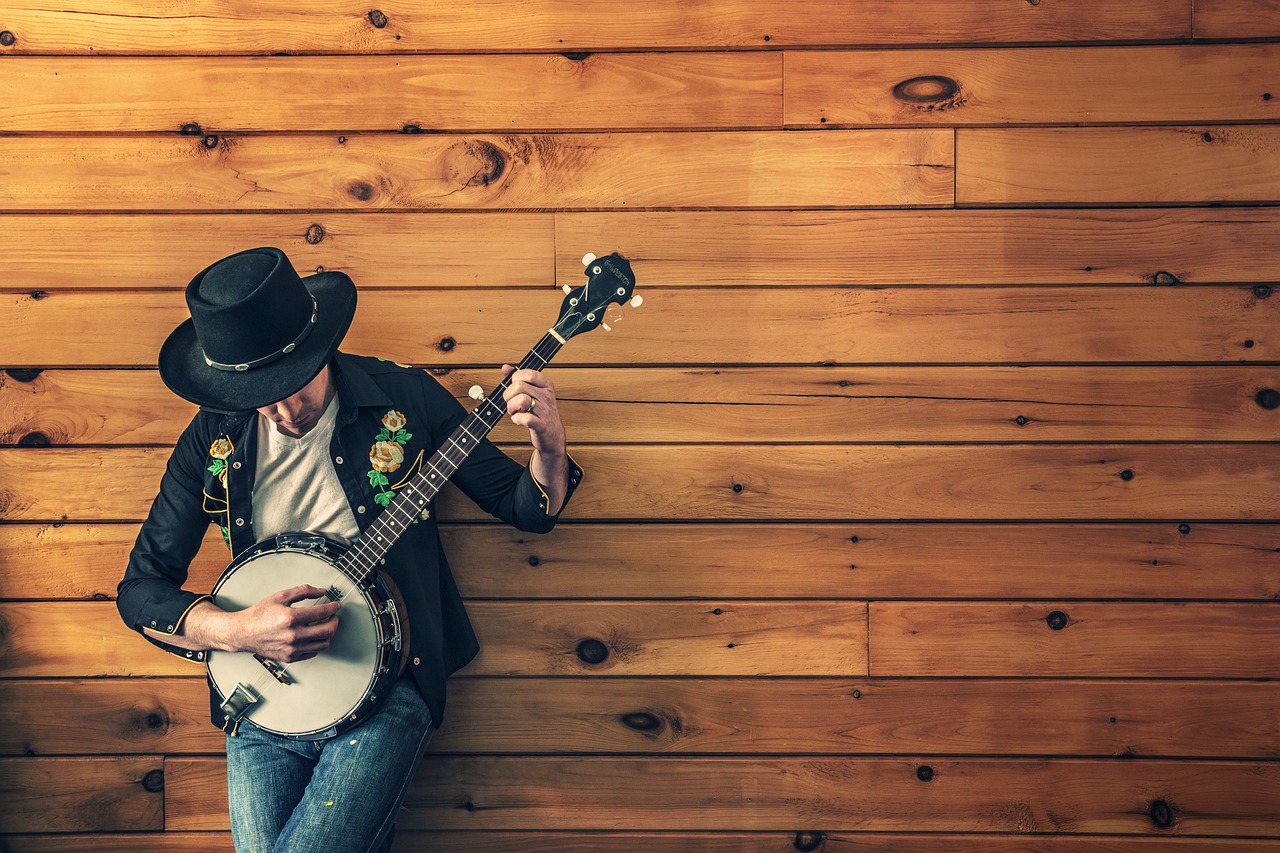In 1969 Life magazine shared “The counter culture has its sacraments in sex, drugs and rock” turn out all three have something in common
An anthem of youth and counterculture has been sex, drug and rock and roll. Since the 60s it has been been part of concerts, colleges, and early post school life. Deadheads, Blockheads and the Sex Pistols all rode the wave. Now science agrees music is a turn on like sex and marijuana.
Now, landmark research from McGill University in Montreal demonstrates the opioid system in human brains is directly involved in musical enjoyment.
“This is the first demonstration that the brain’s own opioids are directly involved in musical pleasure,” says cognitive psychologist Daniel Levitin, senior author of the paper.
RELATED: 4 DJs Share Their Favorite Cannabis Strains
While previous work by Levitin’s lab and others had used neuroimaging to map areas of the brain which are active during moments of musical pleasure, scientists were able only to infer the involvement of the opioid system.
“The findings, themselves, were what we hypothesized,” Levitin said. “But the anecdotes — the impressions our participants shared with us after the experiment — were fascinating. One said: ‘I know this is my favorite song but it doesn’t feel like it usually does.’ Another: ‘It sounds pretty, but it’s not doing anything for me.’ ”

Although the neural underpinnings of music cognition have been widely studied in the last 15 years, the study found relatively little is known about the neurochemical processes underlying musical pleasure. Preliminary studies have shown both performing and listening to music modulate levels of serotonin, epinepherine, dopamine, oxytocin, and prolactin. Music can reliably induce feelings of pleasure, and indeed, people consistently rank music as among the top ten things in their lives bring pleasure, above money, food and art.
RELATED: Most Marijuana Users Smoke To Unwind While Listening To Rock Music
Aside from the strong findings, the study also suggests musical therapy may be much more effective than previously known. And musical therapy is not a “new-wave” form of treatment for improving mental health. It is one of many types of therapy.
According to the American Music Therapy Association:
“The idea of music as a healing influence which could affect health and behavior is as least as old as the writings of Aristotle and Plato. The 20th century discipline began after World War I and World War II when community musicians of all types, both amateur and professional, went to Veterans hospitals around the country to play for the thousands of veterans suffering both physical and emotional trauma from the wars.

“The patients’ notable physical and emotional responses to music led the doctors and nurses to request the hiring of musicians by the hospitals. It was soon evident that the hospital musicians needed some prior training before entering the facility and so the demand grew for a college curriculum. The first music therapy degree program in the world, founded at Michigan State University in 1944, celebrated its 50th anniversary in 1994. The American Music Therapy Association was founded in 1998 as a union of the National Association for Music Therapy and the American Association for Music therapy.”
RELATED: The Day Bob Dylan Turned The Beatles On To Weed
The McGill University study proved to be “the most involved, difficult and Sisyphean task our lab has undertaken in 20 years of research,” according to Levitin. “Anytime you give prescription drugs to college students who don’t need them for health reasons, you have to be very careful to ensure against any possible ill effects.”
Music’s universality and its ability to deeply affect emotions suggest an evolutionary origin, and these recent findings “add to the growing body of evidence for the evolutionary biological substrates of music,” the researchers write.


